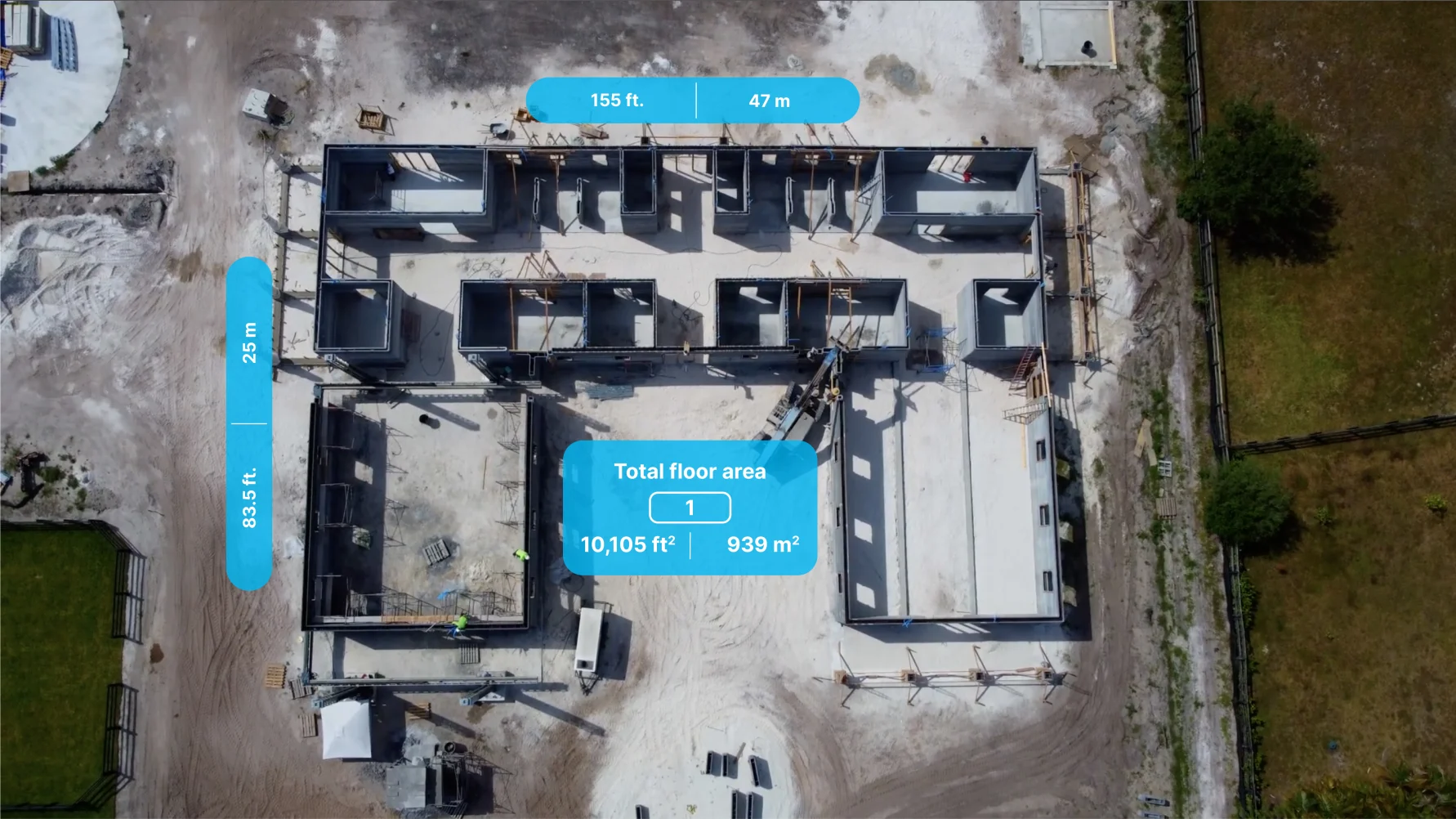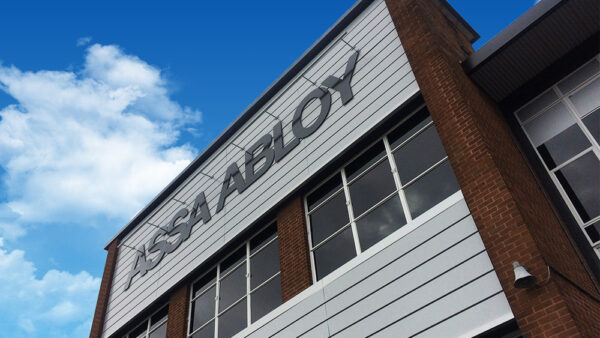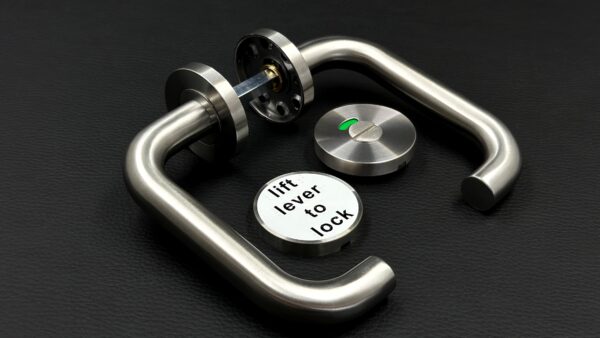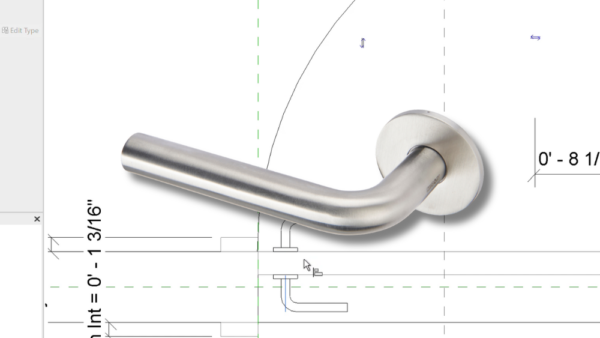
Printed Farms in Florida has printed the world’s largest 3D printed building: a luxury horse barn.
The equestrian facility boasts a total floor area of 939m2 and a height of four meters. The total length of the building is an 47m and the width 25 m. Situated in Wellington in Southern Florida, the world’s largest 3D printed building has been constructed to withstand extreme local weather conditions including hurricanes and tropical storms. The versatility and benefits of 3D printing technology are also demonstrated through the structure’s 3D printed walls that create a cavity and air gap which provides natural cooling to the building. The build process involved five moves of the printer with the two sides completed twice and the middle section executed once.

Printed Farms used COBOD’s BOD2 construction 3D printer for the job. COBOD is the company behind many records for 3D printed buildings: COBOD printers printed the tallest (Saudi Arabia 9.9m), the fastest (three buildings in eight days in Oman) and now the largest 3D printed building in the world. It is also being used on Europe’s largest 3D printed build. Constructed by PERI in the city of Heidelberg, Germany, with COBOD’s BOD2 printer, the building is almost 600m2, 54m long, 11m wide and 9m high. The project is made for Heidelberg IT Management GmbH & Co. KG, a cloud and data centre provider and will serve as an IT server hotel.
3D printing beyond housing
Philip Lund-Nielsen, COBOD co-founder and head of americas remarked from the company’s facilities in Miami, Florida, close to the project: “Printed Farms has done a remarkable job in completing this massive structure and the project demonstrates again how 3D printing is transforming the construction industry for the better. COBOD is proud to be technology supplier to yet another record-breaking 3D printing project on US soil which comes only shortly after the completion of the US’s first two-storey 3D printed building in Texas, also using our BOD2 3D printer. We are especially proud to observe our 3D printers being utilized for a broad range of applications besides housing, which is the industry’s predominant use case. Our machines dominate this space already, but are in addition also used to print turbine bases, schools, office buildings, data centers, silos, and more – now that horse barns are added to the list."








